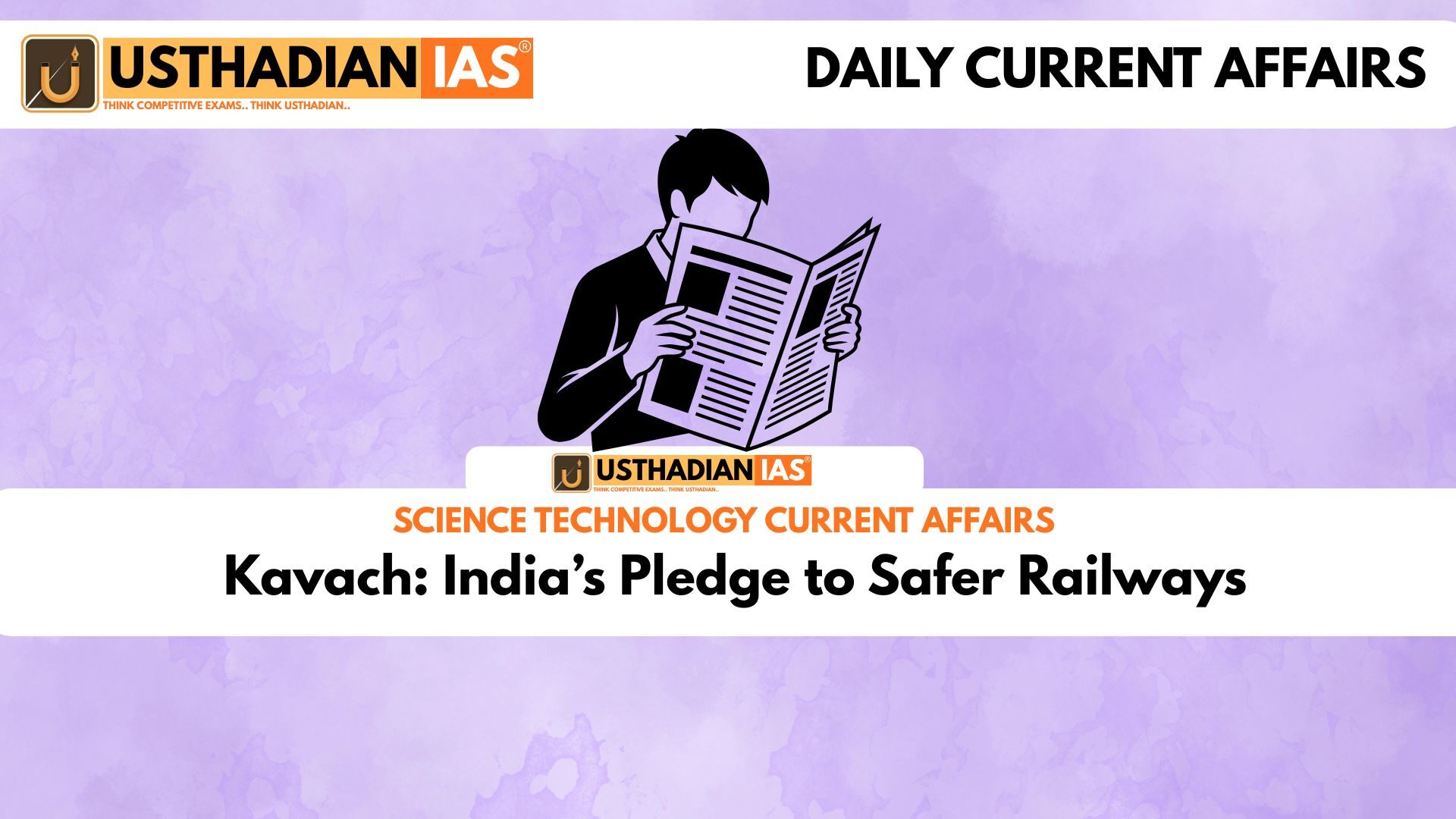India’s Big Step Toward Safer Train Travel
Kavach: India’s Pledge to Safer Railways: India is set to revolutionize train safety by rolling out Kavach, an Automatic Train Protection (ATP) system across its railway network. In the next six years, every major route in the country will be equipped with this indigenous safety shield. Union Railway Minister Ashwini Vaishnaw confirmed the plan, emphasizing that this move is not just about modernizing technology—it’s about protecting lives and restoring public confidence in rail travel.
What Makes Kavach Special?
Kavach, meaning “shield” in Hindi, is designed to automatically apply brakes when a train exceeds speed limits or risks jumping a red signal. What makes it remarkable is that it’s earned Safety Integrity Level 4 (SIL-4) certification—this is the highest safety standard in the world, used only when failure is not an option. In real terms, this means Kavach is as safe as systems used in nuclear plants and airplanes, drastically reducing human error on tracks that carry over 2 crore passengers daily.
Nationwide Deployment and Planning
The entire rollout will be done through public-private partnerships, blending innovation from private players with oversight from the government. This ensures both quality and accountability. The roadmap spans six years, covering thousands of kilometers. The focus is on high-density corridors, where safety improvements can have the most immediate effect.
Financial Muscle Behind the Safety Push
In the 2025-26 Union Budget, the railway sector received a record ₹2.65 lakh crore in capital expenditure. A big chunk of this is being directed toward safety infrastructure like Kavach, along with electrification, AI integration, and passenger facilities. It’s a signal that safety is no longer an afterthought—it’s the starting point of railway modernization.
Adapting to Indian Terrain and Climate
India’s railway network passes through deserts, forests, coasts, and mountains. So, Kavach 4.0, the latest version approved in July 2024, has been specially built to handle these challenges. It offers high GPS precision, works through fog and rain, and communicates better with track signals. This means fewer delays, better fuel efficiency, and safer navigation in unpredictable weather.
Who Builds Kavach?
The deployment is being led by Indian OEMs like Medha Servo Drives, HBL Power Systems, and Kernex Microsystems, in partnership with RailTel and Quadrant FutureTek. The technology has been tested and cleared by the Research Designs & Standards Organisation (RDSO), the technical brain of Indian Railways. This ensures that what reaches the tracks is both efficient and reliable.
Real Impact on Passengers and Railway Staff
The biggest win with Kavach is accident prevention. The automatic system can stop a train even if the driver misses a red signal. It also saves fuel, as trains run more predictably. And for passengers, it brings something even more valuable—peace of mind. When safety becomes part of the system, trust in public transport grows, and millions of families can travel without fear.
Static GK Snapshot: Kavach and Indian Railways
| Fact | Details |
| Meaning of Kavach | Hindi word for “Shield” |
| Safety Certification | SIL-4 (Safety Integrity Level 4) |
| Year of National Rollout Announcement | 2025 (Full rollout in 6 years) |
| Budget for Railways FY 2025-26 | ₹2.65 lakh crore |
| Latest Version | Kavach 4.0 (Approved July 2024) |
| Key OEMs | Medha Servo, HBL Power, Kernex Microsystems |
| Certification Body | RDSO (Research Designs & Standards Organisation) |








